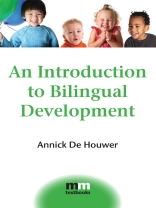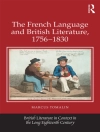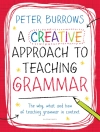Increasingly, children grow up hearing two languages from birth. This introductory textbook shows how children learn to understand and speak those languages against the backdrop of their language learning environments. A narrative around the bilingual development of four young children with different language profiles helps to explain the latest research findings in a lively and accessible manner. The narrative describes how bilingually raised children learn to understand and use sounds, words and sentences in two languages, and how they are able to use each of their languages in socially appropriate ways. Positive attitudes towards bilingual development from the people in bilingual children’s environments and their recognition that child bilingualism is not monolingualism-times-two are the main ingredients ensuring that children grow up to be happy and expert speakers of two languages.
Содержание
1: Introducing the fancy term for bilingual development: Bilingual First Language Acquisition
2: From birth to the comprehension of words
3: Saying words and starting to combine them
4: Making sentences
5: Preschool and beyond
6: In conclusion: Bilingual learning in context
Об авторе
Annick De Houwer has recently been appointed as Chair of Language Acquisition and Teaching at the University of Erfurt in Germany. She is also the new Director of the Language Center there. In addition, Professor De Houwer holds the title of Collaborative Investigator to the Eunice Kennedy Shriver National Institute of Child Health and Human Development (U.S.A.). Her Ph D was based on a dissertation on bilingual acquisition, a topic she has since continued to work on steadily. Her book The Acquisition of Two Languages from Birth (CUP, 1990) is widely cited in the bilingual acquisition literature. Dr. De Houwer has also published on Dutch child language, attitudes towards child language, teen language, and intralingual subtitling. She has extensive editorial experience.












